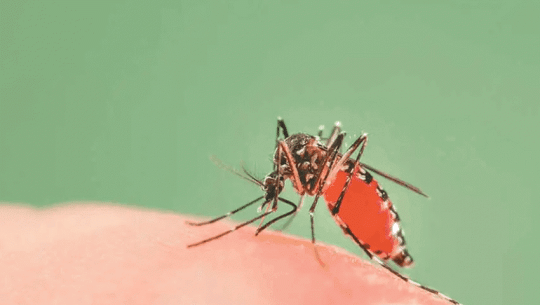Nearly 10,000 mosquitoes collected in Kailali for PCR testing in elephantiasis research

Dhangadhi: Research has commenced in Kailali to investigate elephantiasis infections in local mosquitoes.
Supported by the Epidemiology and Disease Control Division of the Ministry of Health and Population, the project is focused on Culex mosquitoes, known to spread the disease. Hemraj Joshi, Vector Control Officer for the Sudurpaschim Health Directorate, confirmed that the mosquito collection in Kailali has concluded, and laboratory testing using PCR technology is underway.
A team of 10 technicians collected a total of 9,806 mosquitoes—3,097 by light trap and 6,709 through mouth aspirator methods—from Bhadra 4 to Asoj 10. The laboratory results are expected to provide insights into mosquito transmission rates, guiding future plans to address the issue. Joshi emphasized the importance of reducing mosquito infection rates, aiming for less than 0.025 percent in disease-affected districts, to support disease prevention efforts.
To eradicate elephantiasis, human infection rates must be below one percent for antigen levels and less than two percent for microfilariae. In children aged 6 to 7 years, the antigen of measles should be under two percent, and for adults over 20 years, microfilariae infections should be below one percent.
This research marks the first study of its kind in Nepal, examining the prevalence of elephantiasis infections within mosquito populations.












